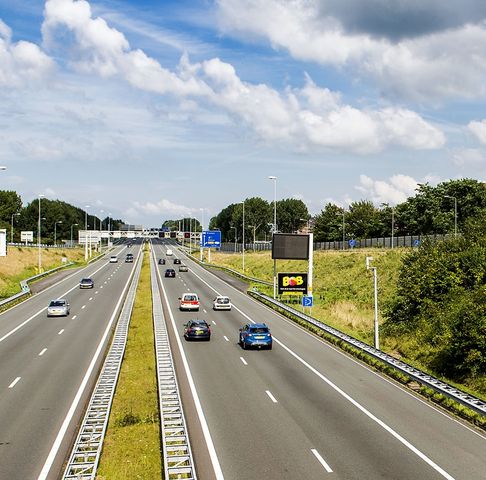Connectivity is crucial for business. Not only are connections between sites and data centers important, but the accessibility of an organization to customers, suppliers and partners, requires high network availability. The way to ensure high availability is redundancy. This can be implemented at various levels, for example, IT hardware and network components, power supplies or software. The need for redundancy is still often underestimated.
Availability literally means "to be used". It aims to eliminate all 'single points of failure'. After all, IT infrastructure is the backbone of companies and organizations. If for any reason a company's IT services are interrupted, it can have serious consequences. Business processes stop, customers cannot be served, suppliers do not know what is expected of them, employees can no longer be paid, and digital communication and collaboration becomes virtually impossible.
Redundant IT environment
The IT infrastructure includes all IT facilities of an organization. If a company manages its own IT environment in-house, redundancy begins with the duplication of power and cooling, for example. Redundancy can also be implemented in servers, storage and network components. Through various failover technologies, network components can be configured to switch to other devices if a failure occurs. Servers can be clustered and load balancing can be used for any failover scenario.
With virtualization technology, failures can be handled automatically so that the business can continue to run as normal in the event of component failure. If the IT environment is located off-site, it is important to look closely at the redundancy offered by the data center. The Uptime Institute has determined a tier standard for data centers that says something about the availability and maximum downtime. A tier-4 data center has an availability of 99.995 percent with a maximum downtime of 0.8 hours per year.
It is also possible to opt for a twin data center with synchronous replication. In this case, an IT environment is fully duplicated (i.e. redundant) at locations that are physically separated from each other. This is particularly suitable for organizations where optimal availability is crucial for business operations and where it is important to be able to switch seamlessly to another environment where all data and applications are available in the event of a failure.
Risk Assessment
Whether redundancy is necessary is determined by a risk assessment that varies from organization to organization. It is important to map out what unavailability costs. How much revenue does the company lose? How many employees can't do their jobs? How great is the risk of claims and image damage? The results of these questions can be measured against the cost of high availability and redundancy. In the case of a hospital, where availability is crucial because human lives are at stake, the price of redundancy will not outweigh the consequences of an unavailable network. A good inventory of the network, connections, and components used will provide insight into the potential outage risks and can simplify the decision of which components and connections should be duplicated to minimize risk.
Redundancy in connectivity
Redundancy of connectivity is the most overlooked. Perhaps because it is less visible than the IT equipment that sits in a computer room. Yet the physical infrastructure serves as the foundation for the availability of the rest of the IT environment. Redundancy therefore starts with the establishment of a physically separate, duplicate connection. It is important that network suppliers can demonstrate that the connections are actually separate and do not run through the same trench or cable. This makes it a single point of failure that must be prevented. The chance of complete failure of the connection due to e.g. digging damage is then greater than when the connections are geographically in different places.
Conclusion
Organizations should give more thought to what the costs of downtime are and whether they outweigh the costs of redundancy. Redundancy starts with the physical infrastructure. Afterwards, it is important to duplicate as many business-critical components in the network as possible to ensure optimal availability.
Stay informed about all developments
You will receive the newsletter once per trimester.
